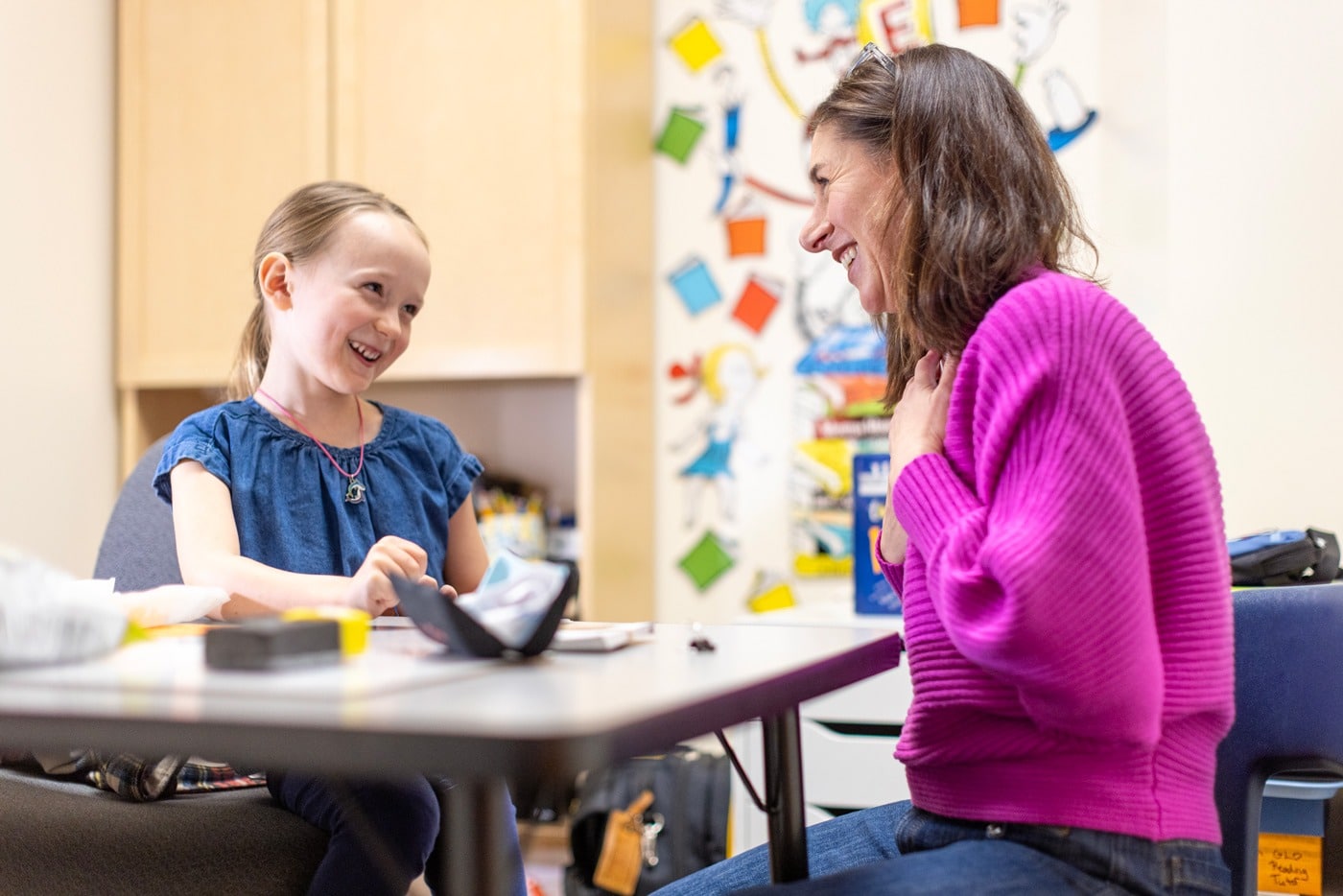Students with learning disabilities face unique challenges in the educational system. It is crucial for schools to provide the necessary support and accommodations to help these students succeed. By breaking down barriers and implementing effective strategies, schools can create an inclusive environment where all students can thrive. If you’re looking for more information about student with learning disabilities, you may check this out.
Understanding Learning Disabilities
What are learning disabilities?
- Learning disabilities are neurological disorders that can affect a person's ability to receive, process, analyze, or store information.
- Common learning disabilities include dyslexia, dysgraphia, dyscalculia, and auditory processing disorder.
- These disabilities can impact a student's reading, writing, math, or communication skills.
Challenges faced by students with learning disabilities
- Difficulty with academic tasks such as reading, writing, and math.
- Struggles with organization, time management, and study skills.
- Low self-esteem and feelings of frustration or inadequacy.
- Social challenges and potential isolation from peers.
Supporting Students with Learning Disabilities
Early intervention
- Identifying and addressing learning disabilities at an early age can significantly improve outcomes for students.
- Screening for learning disabilities through assessments and evaluations.
- Providing targeted interventions and support services tailored to each student's needs.
Individualized Education Plans (IEPs)
- IEPs are legal documents that outline the specific accommodations and support services a student with a learning disability will receive.
- Collaboration between parents, teachers, and special education staff to develop and implement the IEP.
- Regular review and updates to ensure the plan meets the student's changing needs.
Assistive technology
- Technology tools and devices can help students with learning disabilities access and engage with educational content.
- Examples include text-to-speech software, graphic organizers, and speech recognition programs.
- Training and support for students and teachers on how to effectively use assistive technology.
Creating an Inclusive Environment
Positive reinforcement and encouragement
- Celebrating small victories and progress made by students with learning disabilities.
- Providing constructive feedback and support to help students overcome challenges.
- Encouraging a growth mindset and resilience in the face of setbacks.
Peer support and collaboration
- Promoting peer mentoring programs where students with and without learning disabilities support each other.
- Encouraging group work and collaboration to foster social connections and learning opportunities.
- Raising awareness and promoting empathy among students about learning disabilities.
Professional development for educators
- Training teachers and staff on how to identify and support students with learning disabilities.
- Providing resources and strategies for creating inclusive classrooms that meet the diverse needs of all students.
- Building a culture of awareness, acceptance, and support for students with learning disabilities.
Conclusion
Supporting students with learning disabilities is a collaborative effort that involves educators, parents, and the broader school community. By understanding the unique challenges faced by these students and implementing effective strategies, schools can create an inclusive environment where all students can thrive. Breaking down barriers and providing the necessary support and accommodations will empower students with learning disabilities to reach their full potential and achieve academic success.
